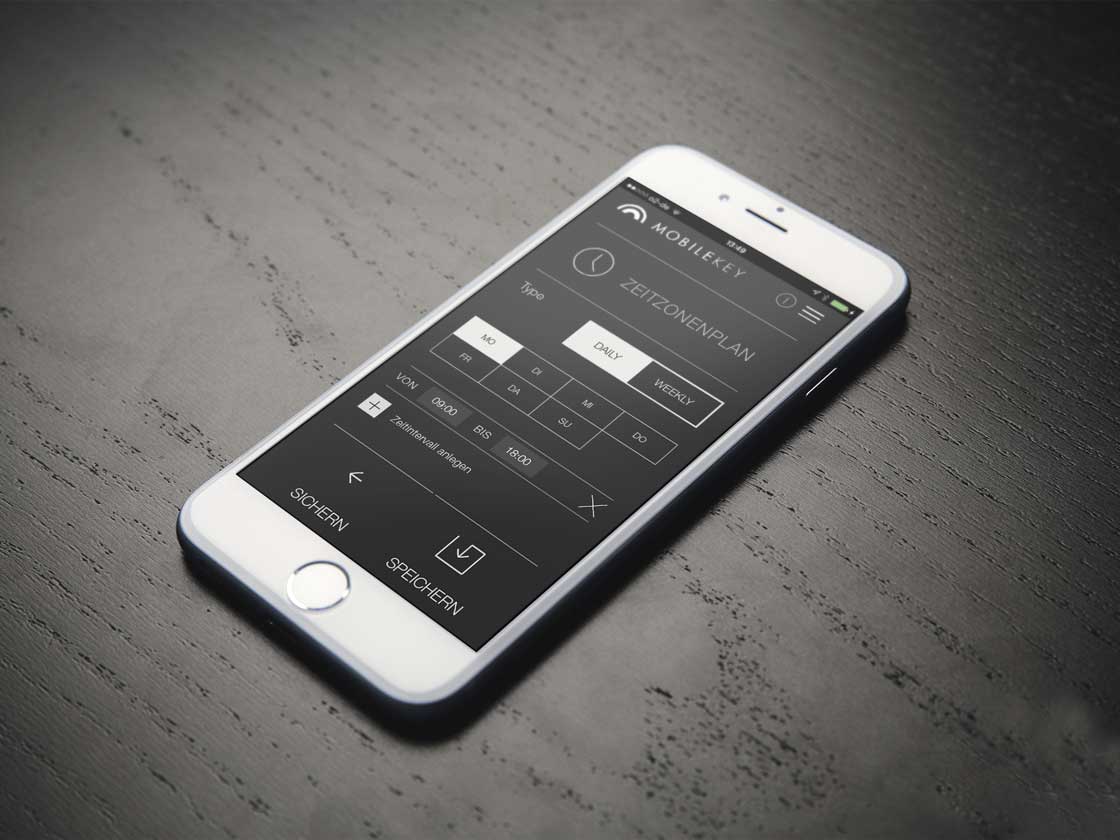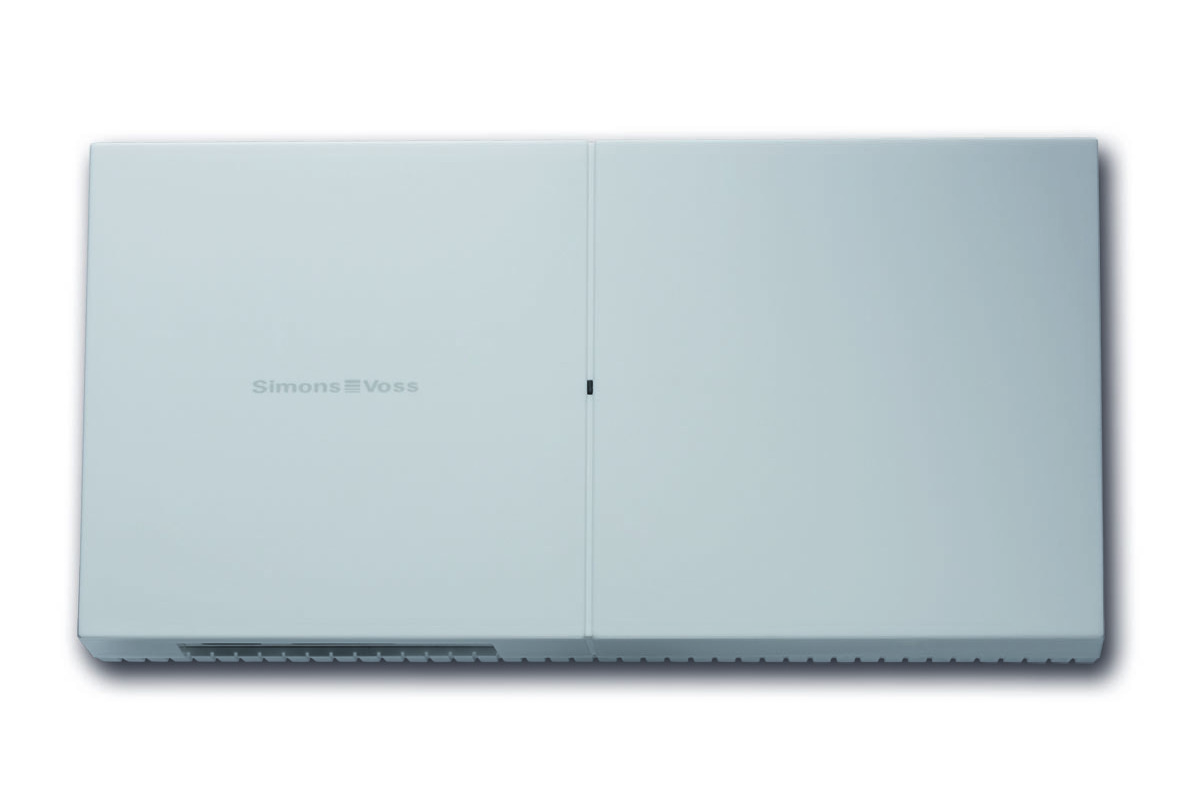
Exploring Different Types of Keyless Entry Systems for Schools
Keyless entry provides schools with the ability to control access to different areas within the campus, including doors, computers, and entire campuses.
School security has become an increasingly important issue in recent years. With the rise of safeguarding concerns and security threats, schools are looking for ways to enhance their security measures. One solution that has gained popularity is keyless entry systems. These systems can improve school security by taking greater control of access over internal and external doors, allowing school administrators to monitor who enters and exits the building.
Keyless door entry systems typically use digital door locks and keycards to grant or deny access to specific areas of the school. With keyless access control systems, students and staff are issued keycards that can be programmed to grant access to specific areas of the school. This allows school administrators to control who enters and exits each area, reducing the risk of security threats.
Recent figures from the Office for National Statistics (ONS) reveal the level of theft offences experienced by pupils aged 10-15 in England and Wales. Most worryingly, these numbers showed that 62% of incidents happen in or around the school – 52% inside, and 10% around the building.
Theft and crimes at schools are on the rise and educators and staff have the responsibility to protect and care for children of all ages from nursery schools to high schools.
▶ Pros of using keyless entry systems in schools
▶ How does a keyless entry system for school's work?
▶ Can keyless entry systems be integrated with other security systems in schools?
▶ What happens in the case of a power outage or system failure?
▶ How are access codes or credentials managed and assigned in schools?

▶ Pros of using keyless entry systems in schools:
Access control systems are essential for schools and educational facilities to maintain a safe and secure environment. With the ever-increasing need for student safety, it is crucial to regulate access to different areas within the premises. With keyless entry systems, schools can monitor who enters and exits the campus, classrooms, and other restricted areas while also preventing access to unauthorised individuals. keyless entry systems for schools also provide an efficient means to track attendance, manage staff access privileges, and enforce security protocols. They also offer peace of mind to students, parents, and staff by creating a secure learning environment conducive to effective education.
Using keyless entry systems in schools offers several advantages, but there are also potential drawbacks to consider. Here are some pros:
Enhanced security - keyless entry systems provide improved security compared to traditional locks and keys. They utilise advanced encryption and authentication methods, reducing the risk of unauthorised access.
Access control - these systems allow for easy access control and management. Administrators can quickly add or revoke access privileges, reducing the need for physical key management and minimising the risk of lost or stolen keys.
Accountability - with the functionality to track access events keyless systems provide a record of who entered or exited the school and at what times. This data can enhance accountability and help investigate incidents or security breaches.
Lower costs - keyless locks can be up to 4 times cheaper than hardwired access control systems because there is no need to run cables to the doors or change the existing locks.
▶ How does a keyless entry system for school's work?
A keyless entry system for schools typically uses electronic mechanisms, such as keypads or card readers to grant access to the school. Authorised users, such as students, teachers, and staff, are provided with unique access codes or proximity cards that they use to gain entry to the school and relevant facilities. They enhance security by eliminating the need for physical keys that can be lost or stolen by students.
▶ Can keyless entry systems be integrated with other security systems in schools?
Yes, keyless entry systems can often be integrated with other security systems used in schools. They can be connected to video surveillance systems, alarm systems, intercom systems, and access control platforms, creating a comprehensive security solution. Browse the integration partners of SimonsVoss to understand what is possible with your system.
▶ What happens in the case of a power outage or system failure?
Most keyless entry systems have backup power options, such as battery backups, to ensure continued operation during power outages. The system3060 from SimonsVoss is battery operated, so a power failure will not cause a security failure.
▶ How are access codes or credentials managed and assigned in schools?
Access codes or credentials in schools are typically managed and assigned by school administrators. They can create and distribute unique codes or issue proximity cards to authorised users from a centralised device. Access privileges can be easily updated or revoked as needed.
▶ How does keyless entry comply with fire regulations?
In the UK, keyless entry systems used in buildings, including schools, must comply with fire regulations to ensure the safety of occupants.
Emergency Exit Compliance: Keyless entry systems should allow for safe and unobstructed exit during an emergency, particularly for designated fire exits. In the event of a fire alarm activation or power failure, occupants should be able to exit the building quickly without relying on access credentials or electronic systems.
Fire Door Security: Fire doors play a crucial role in containing the spread of fire and smoke. Keyless entry systems should not compromise the functionality of fire doors or prevent them from closing and latching properly. Fire-rated door hardware and appropriate fire door signage should be installed in conjunction with the keyless entry system.
Fail-Safe Mechanisms: Keyless door entry systems used in fire escape routes or emergency exits should incorporate fail-safe mechanisms. These mechanisms should be standard on keyless locks and must ensure that the doors can be always opened from the inside, even during system failures or power outages.
Integration with Fire Alarm Systems: The system should be able to be integrated with fire alarm systems to ensure synchronised operation. For example, during a fire alarm activation, the keyless entry system can release all doors to allow for quick evacuation of staff and students.
Disabled Access Considerations: Keyless entry systems should consider the needs of individuals with disabilities and comply with accessibility requirements. This may include features such as wheelchair-accessible keypads or alternative methods for entry.
It's crucial for schools to consult with fire safety professionals, architects, and local authorities to ensure that their keyless entry systems comply with specific fire regulations in their area. These experts can provide guidance on how to implement a keyless entry system while maintaining fire safety standards.
▶ What are the installation and maintenance requirements of keyless entry systems for schools?
The installation and maintenance requirements of keyless entry systems for schools can vary depending on the specific system chosen. Generally, they require professional installation by trained technicians. Maintenance may involve periodic software updates, battery replacements every 6-8 years. It's important to follow the manufacturer's guidelines and work with qualified professionals for installation and maintenance.
▶ There are several types of keyless entry door systems suitable for school
1. Keypad Entry Systems
Keypad entry systems require users to enter a unique code on a keypad to gain access. These systems are commonly used in schools and can be cost-effective and easy to manage. Codes can be assigned to students, teachers, and staff, and can be changed periodically for added security.
Proximity Card or Key Fob Systems: Proximity card or key fob systems use contactless technology to grant access. Authorised individuals are provided with proximity cards or key fobs that they can hold near a card reader to unlock the door. These systems are convenient and can be easily managed by issuing or revoking proximity cards or fobs.

2. Mobile App-Based Systems
Some keyless entry systems allow users to access doors through a smartphone application. Authorized individuals can download the app and use their smartphones to unlock the doors via Bluetooth or Wi-Fi. Mobile app-based systems offer convenience and flexibility, as users often have their smartphones readily available.

3. Wireless Access Control Systems
Wireless access control systems utilise wireless technologies, such as Wi-Fi to communicate between the door locks and a central control panel. These systems provide flexibility in terms of installation and can be easily integrated with other security systems in the school.

4. Smart Locks
Smart locks are digital locks that can be controlled and managed through various means, including keypad entry, proximity cards or mobile apps. They often offer features like remote access management, real-time monitoring, and integration with smart devices.

▶ The Benefits of SimonsVoss keyless entry system for Schools
Among the various providers of keyless entry, SimonsVoss stands out as an ideal solution for schools due to its innovative features and commitment to security.
Easy Installation and Integration:
SimonsVoss offers wireless keyless entry door systems solutions that are easy to install and integrate into existing infrastructure. The wireless nature of the system eliminates the need for extensive wiring, making installation quicker and less disruptive to school operations.
Flexibility and Scalability:
Our systems provide schools with flexibility and scalability to adapt to their changing security needs. Whether it's adding new access points or expanding the system to accommodate future growth, SimonsVoss offers solutions that can easily adapt to evolving requirements.
Comprehensive Security Features:
Security is prioritised by offering advanced features such as encryption technology, authentication protocols, and audit trails. These features ensure that only authorised individuals can access restricted areas, and all access activities are logged and traceable.
User-Friendly Interfaces:
Our systems are designed with user-friendliness in mind. The intuitive interfaces and user-friendly software make it easy for school administrators to manage access permissions, monitor activities, and generate reports.
Integration with Other Systems:
SimonsVoss systems can seamlessly integrate with other security systems already in place within the school, such as video surveillance and alarm systems. This integration provides a comprehensive security solution, enhancing overall effectiveness and ease of management. Look at which systems SimonsVoss can integrate with, here.
Keyless entry systems are essential for schools to enhance security and protect students and staff. SimonsVoss stands out as a trusted provider offering a range of keyless entry system solution suitable for schools. By implementing the System 3060 schools can benefit from easy installation, flexibility, comprehensive security features, user-friendly interfaces, and seamless integration with existing systems. With SimonsVoss, schools can ensure a safer environment for learning and provide peace of mind to the entire school community.
